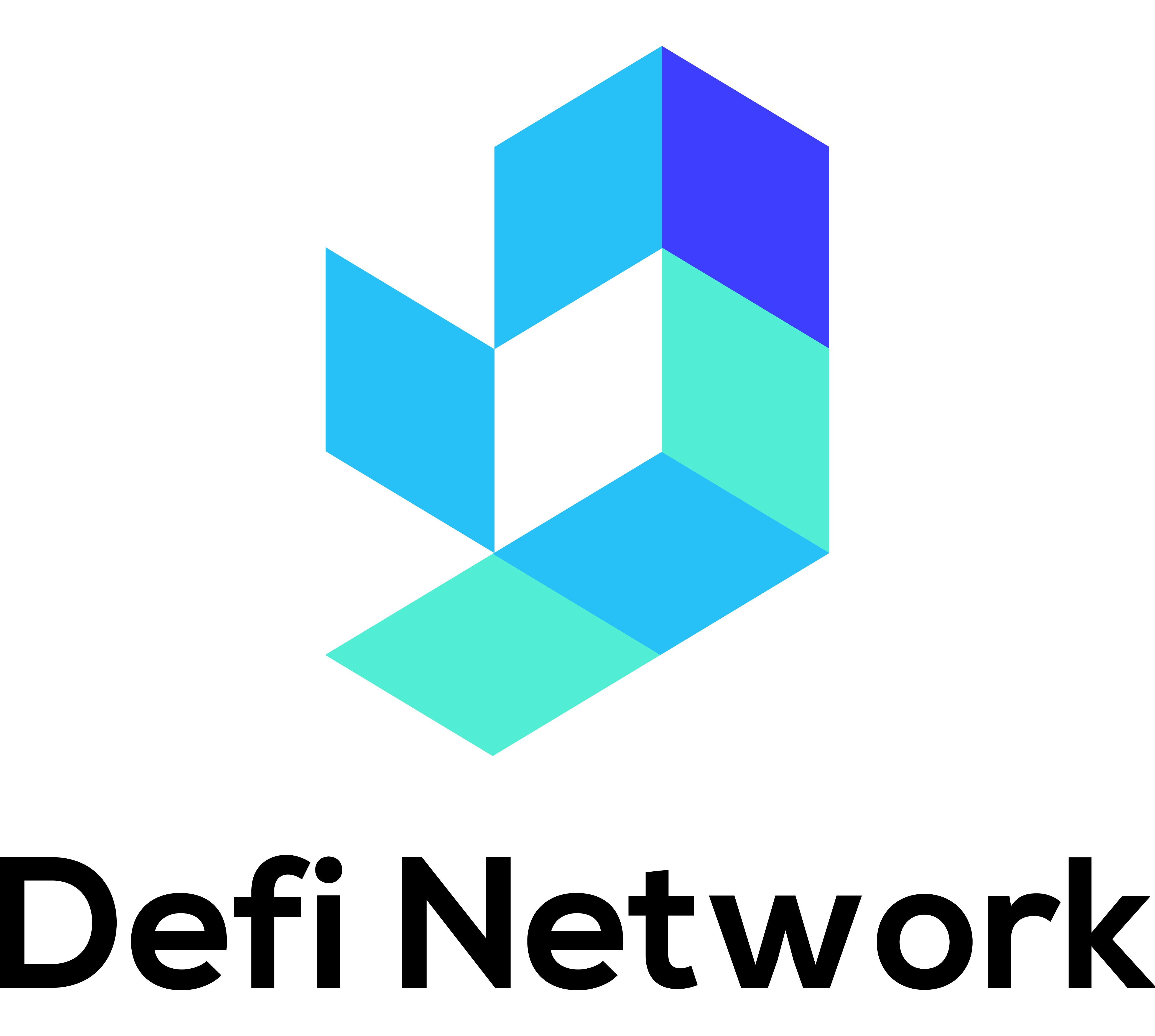The internet, a dynamic entity that has undergone significant transformations over the years, is now at the cusp of a new era known as Web3. This phase represents a paradigm shift, introducing open-source and interconnected decentralized applications powered by blockchain computing architecture. To comprehend the significance of Web3, we must first delve into its predecessors, Web1 and Web2.
Web1: The Dawn of the Internet (1990-2004)
In its infancy, from 1990 to 2004, the internet was characterized by static pages offering read-only content. Users were mere consumers of information, akin to flipping through a global newspaper. Companies like Yahoo and America Online served as gatekeepers, distributing news, weather updates, sports, entertainment, and financial information.
Web2: The Interactive Internet (2004-Present)
Web2, the current phase, transformed the internet into a dynamic space where users could interact with web pages. No longer confined to passive consumption, individuals could now upload content, shaping the digital landscape based on their preferences. Examples such as Meta’s Facebook and Google’s YouTube exemplify this interactive model, enabling users to like, comment, and share content, customizing their online experiences.
Web3: A Glimpse into the Future
Web3 emerges as a potential solution to the challenges introduced by Web2. Described as read/write/own, it envisions a user-controlled internet governed through cryptocurrency tokens. As these blockchain-based networks grow, the community stands to benefit from the increasing value of tokens. The promise of Web3 lies in transitioning from corporate-owned networks to a user-controlled environment while retaining the beloved functionalities of Web2.
Why We Need Web3
The transition from Web1 to Web2 brought dynamism and interactivity to the internet, accompanied by a new business model. However, the hidden cost was the exploitation of user data, raising concerns about privacy and centralization. Web2 companies, like Facebook and Google, thrived on targeted advertising, leading to privacy violations and controversial changes in user terms. The curated news feeds fueled political polarization and contributed to declining global mental health.
Does Web3 Fix This?
Decentralized applications (dapps) form the backbone of Web3, operating on cooperative governance structures rather than centralized entities. Unlike Web2, decisions are not made behind closed doors but are transparently documented on a blockchain, involving the community of token holders. This decentralization theoretically addresses the issues stemming from centralization.
However, the utopian vision of Web3 is not without skepticism. While more decentralized than Web2, major public blockchains still exhibit insider allocations, challenging the narrative of complete decentralization. Founders and venture-capital funds retain significant control, and the unregulated dynamics of token sales raise concerns about the crypto Wild West.
Conclusion: Navigating the Web3 Frontier
In conclusion, Web3 presents a compelling vision for the future of the internet, aiming to rectify the flaws introduced by its predecessors. The transition from Web1’s static pages to the interactive Web2 paved the way for a more engaging online experience but came at the cost of user privacy and centralization. Web3, with its emphasis on decentralization and user governance, holds the potential to address these concerns. However, as we navigate this evolving digital frontier, it’s crucial to acknowledge that Web3 is not a panacea. The challenges of insider allocations and unregulated dynamics must be addressed to fully realize the transformative vision of a user-controlled internet.




